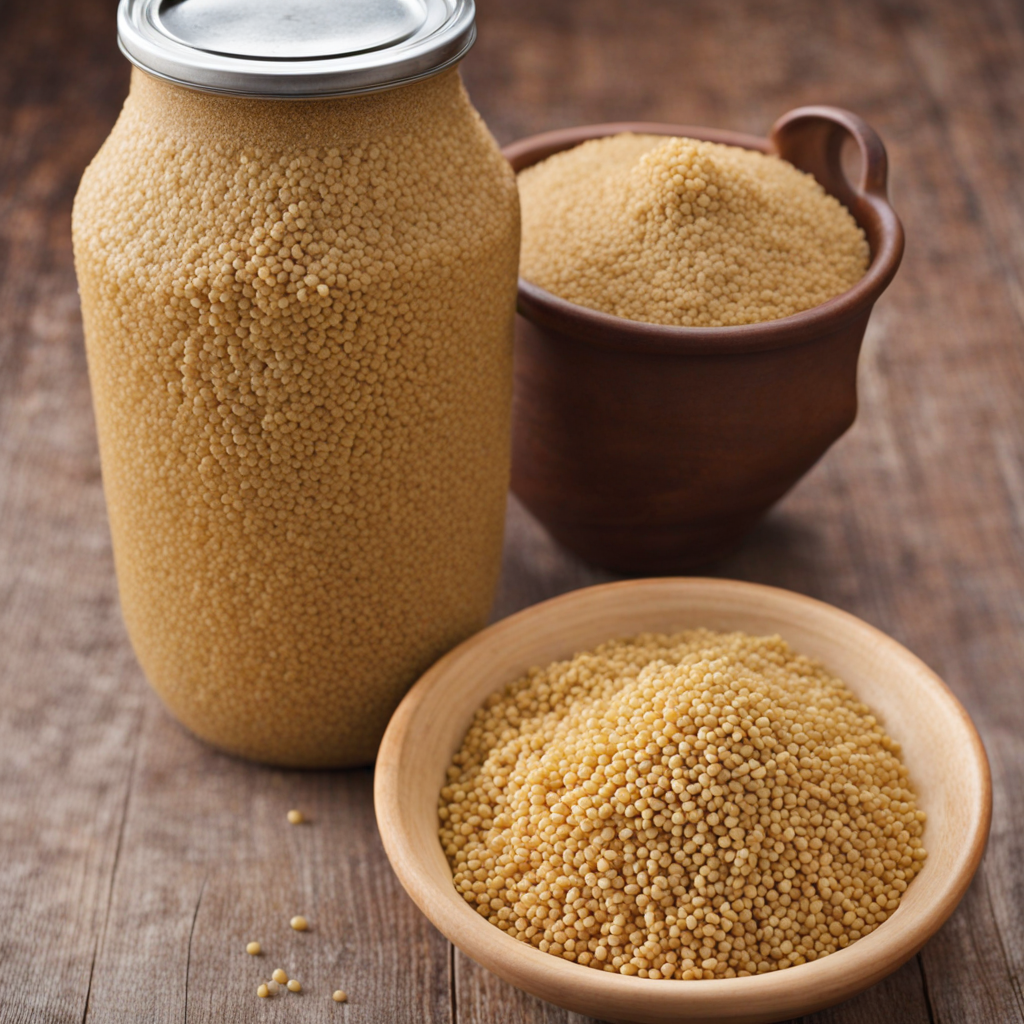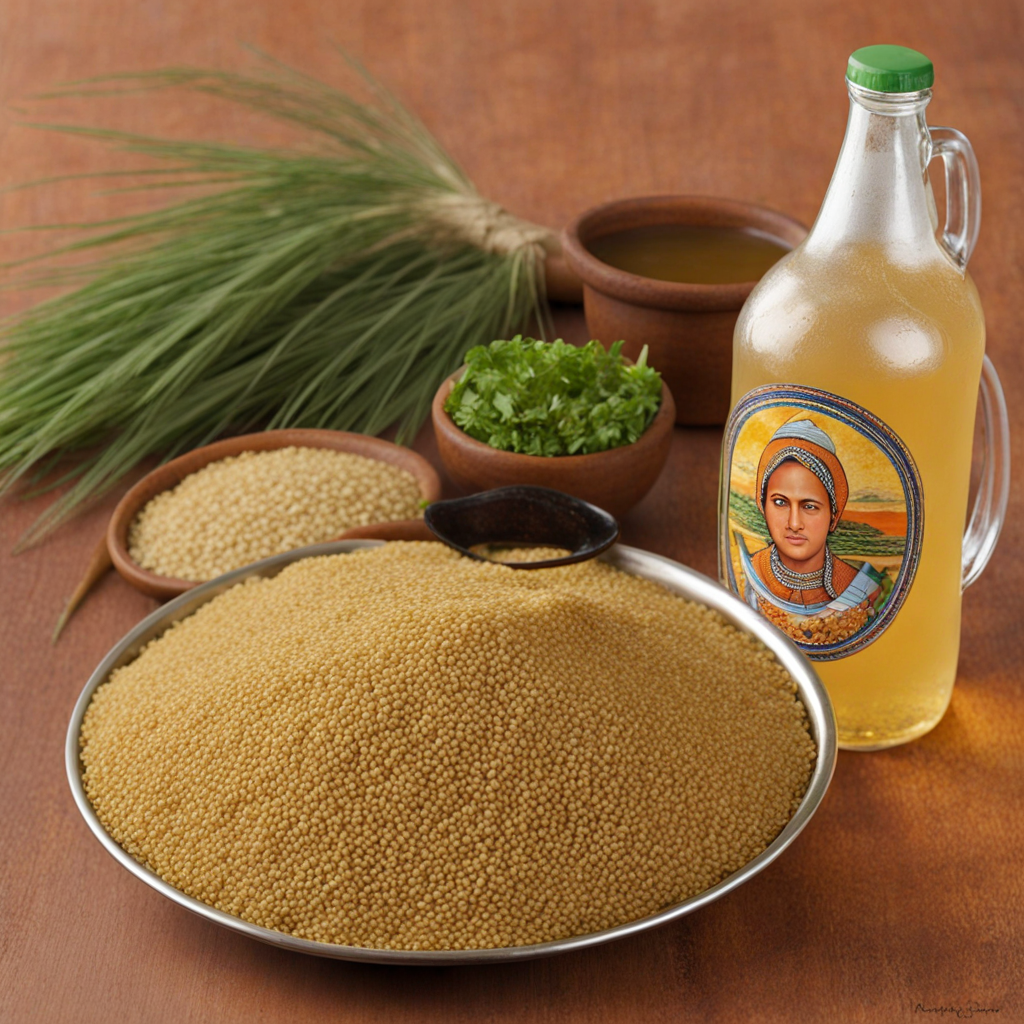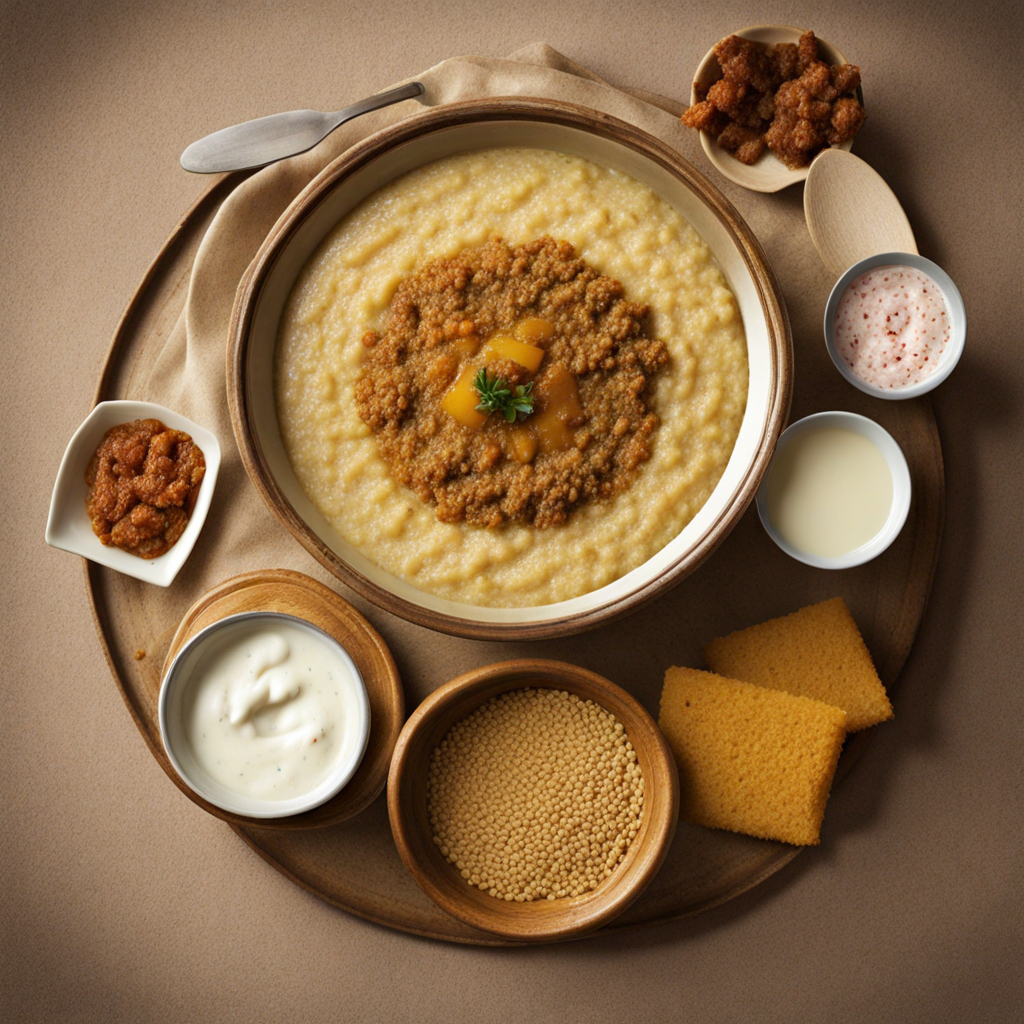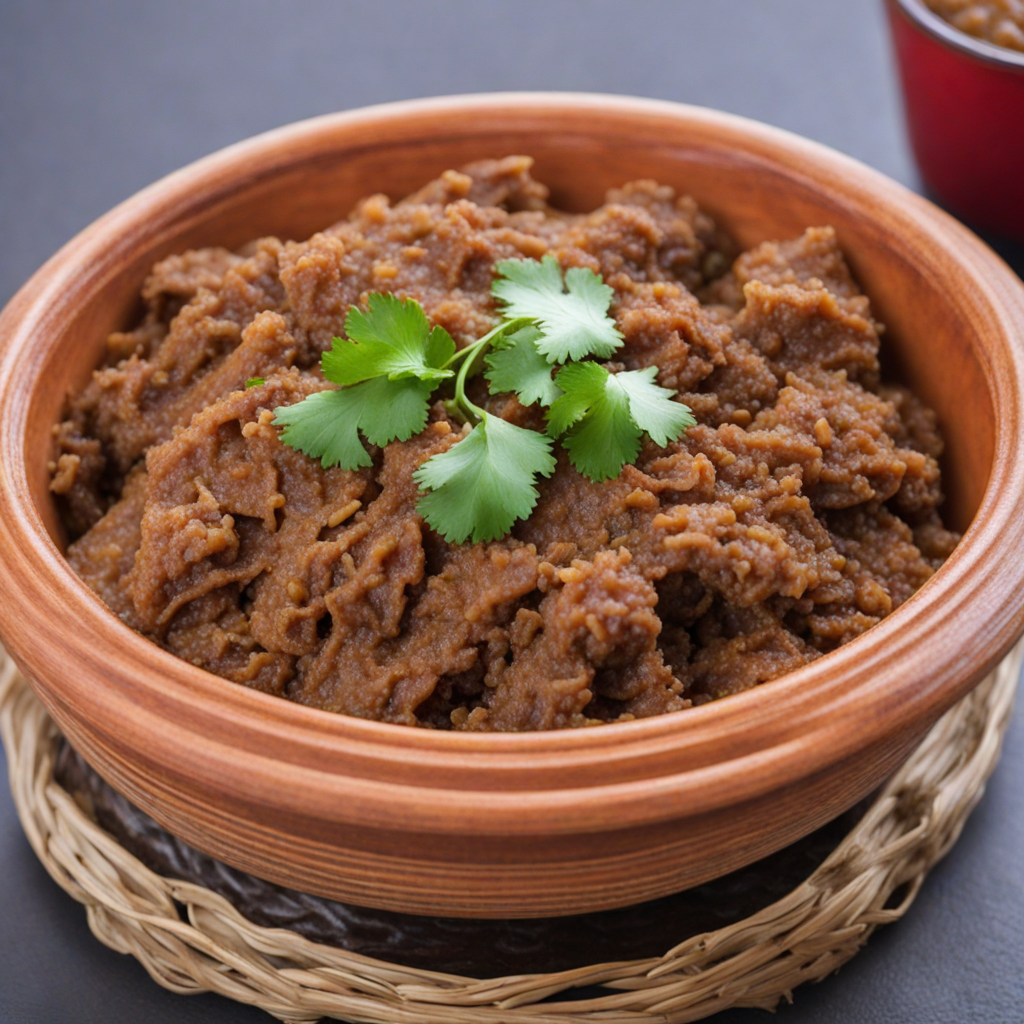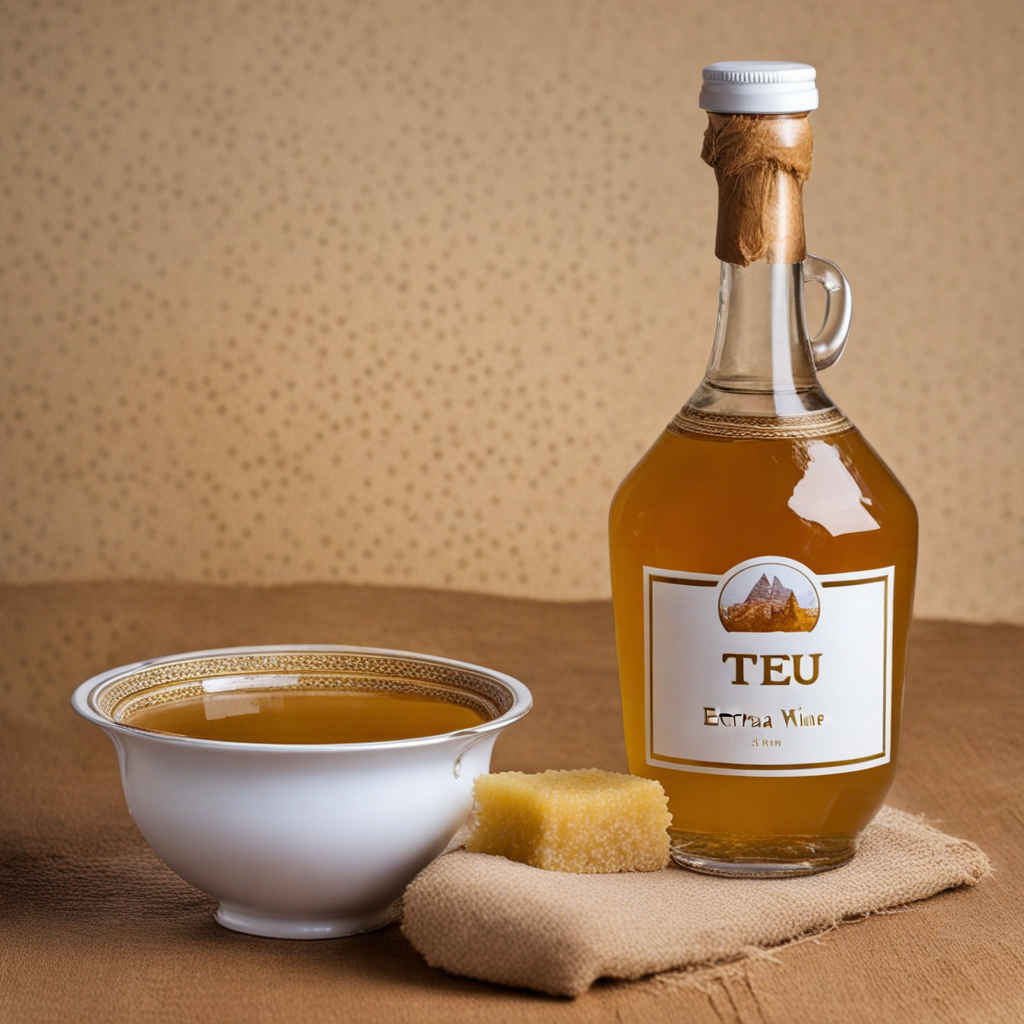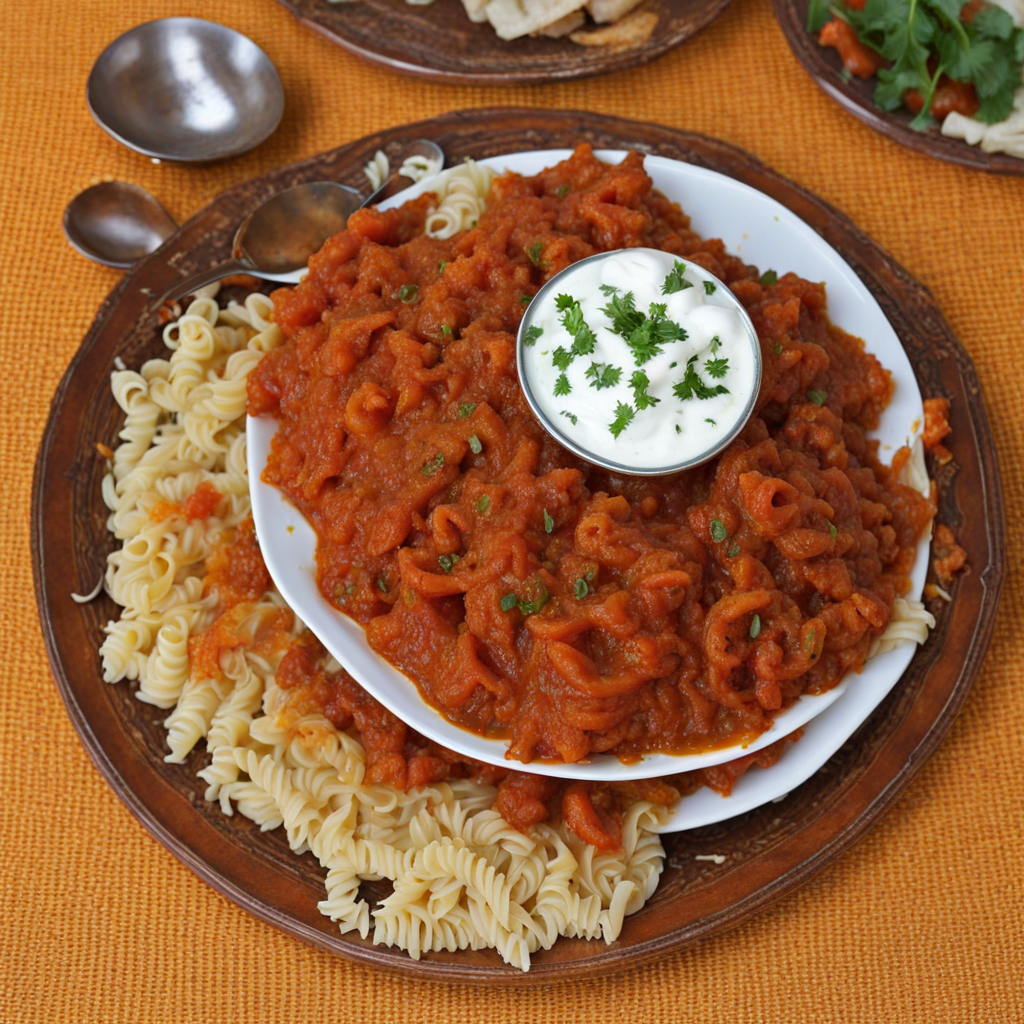Suwa
Suwa is a traditional Eritrean beverage that embodies the rich cultural heritage of the region. This refreshing drink is made from the fermented juice of the indigenous "sorghum" grain, which is a staple in Eritrean cuisine. The fermentation process gives Suwa a slightly tangy flavor profile, making it a unique and invigorating alternative to more common beverages. Its light, effervescent quality, paired with a subtle sweetness, makes it an excellent companion to a variety of dishes, particularly during festive gatherings and communal meals. In Eritrean culture, Suwa is often enjoyed in a social setting, highlighting the importance of community and shared experiences. It is typically served in a traditional cup, inviting guests to partake in the ritual of toasting and sharing stories. The drink not only quenches thirst but also serves as a catalyst for connection and camaraderie among friends and family. Suwa can vary in flavor depending on the duration of fermentation and the specific grains used, allowing for a range of tasting experiences that reflect local preferences and traditions. As you explore the taste of Suwa, you'll discover a drink that is both refreshing and deeply rooted in Eritrean identity. Each sip carries the essence of the land and its agricultural practices, offering a glimpse into the everyday life of the Eritrean people. Whether you're enjoying it alongside a plate of injera and spicy stews or simply savoring it on its own, Suwa promises to introduce your palate to a delightful new experience that speaks to the heart of Eritrea's culinary landscape.
How It Became This Dish
The Rich History of ሱዋ (Sewa) in Eritrea Origin and Characteristics The dish known as ሱዋ (Sewa) is a traditional Eritrean staple that plays a significant role in the culinary landscape of the Horn of Africa. Sewa is typically made from fermented dough, primarily composed of barley or wheat, which is then cooked and served in a manner reminiscent of porridge or flatbread. The fermentation process is crucial, as it not only enhances the flavor but also increases the nutritional value of the dish, making it a vital source of sustenance for many communities. The exact origins of Sewa can be challenging to pinpoint due to the long-standing agricultural practices in the region. However, evidence suggests that barley, one of the primary ingredients in Sewa, has been cultivated in the Eritrean highlands for thousands of years. This area, with its rich volcanic soil and favorable climate, has historically been conducive to the growth of various grains, and barley became a staple crop. The use of fermentation in food preparation is a practice that dates back to ancient civilizations, indicating that Sewa likely has deep historical roots intertwined with the agricultural practices of early Eritrean societies. Cultural Significance Sewa is more than just a food item; it holds deep cultural significance within Eritrean society. It is often associated with communal gatherings, celebrations, and traditional ceremonies. For instance, it is commonly served during weddings and other festive occasions, symbolizing unity and abundance. The sharing of Sewa among family and friends reflects the communal nature of Eritrean culture, where food is a means of strengthening social bonds. In addition to its role in celebrations, Sewa also carries spiritual significance. It is often prepared and consumed during religious observances and rituals, reinforcing the connection between food, faith, and community. The fermentation process itself can be seen as a metaphor for transformation and renewal, a theme that resonates with many Eritreans in their cultural practices and beliefs. Development and Adaptation Over Time As Eritrea has navigated the complexities of colonialism, war, and independence, so too has the preparation and consumption of Sewa evolved. During the Italian colonization in the late 19th and early 20th centuries, Eritrean cuisine, including Sewa, was influenced by Italian culinary practices. While Sewa remained rooted in its traditional methods, the introduction of new ingredients and cooking techniques broadened its appeal and versatility. In the post-colonial era, particularly following Eritrea's long struggle for independence from Ethiopia, there has been a resurgence of interest in traditional foods, including Sewa. National pride and a desire to reclaim cultural identity have led to a revival of traditional cooking methods and recipes. Sewa has become emblematic of Eritrean heritage, often featured in discussions about national identity and cultural preservation. Moreover, globalization has introduced new dynamics to the consumption of Sewa. Eritreans living abroad have adapted the dish to accommodate local ingredients and tastes while maintaining its core essence. In diaspora communities, Sewa is often a means of preserving cultural ties and fostering connections among Eritreans, serving as a culinary anchor that links them to their homeland. Modern Interpretations and Variations In contemporary Eritrean cuisine, Sewa has seen various interpretations and adaptations. While traditional preparations remain popular, modern chefs and home cooks alike experiment with different grains, such as sorghum and millet, to create variations of Sewa that cater to diverse palates and dietary needs. These innovations reflect a broader trend in Eritrean cooking, where traditional recipes are being reimagined for the 21st century. Additionally, the rise of healthy eating trends has led to an increased interest in fermented foods, positioning Sewa as an attractive option for health-conscious consumers. The probiotic benefits associated with fermented foods have garnered attention in recent years, and Sewa's nutritional profile aligns well with contemporary dietary preferences. As a result, Sewa is gaining recognition beyond Eritrean borders, with food enthusiasts and health advocates exploring its merits. Conclusion The history of ሱዋ (Sewa) in Eritrea is a testament to the resilience of a culture that has thrived despite challenges. From its origins in ancient agricultural practices to its place in modern Eritrean identity, Sewa embodies the spirit of community, tradition, and adaptation. It serves as a reminder of the importance of food as a cultural artifact, reflecting the values, beliefs, and history of a people. As Eritrea continues to navigate the complexities of the modern world, Sewa remains a cherished dish that bridges the past and present. Whether enjoyed in a bustling Eritrean market, at a family gathering, or in a diaspora community abroad, Sewa stands as a symbol of cultural pride and continuity. Its journey through time mirrors that of the Eritrean people themselves—rooted in tradition yet open to evolution, resilient in the face of adversity, and rich in flavors and meanings that resonate across generations.
You may like
Discover local flavors from Eritrea


